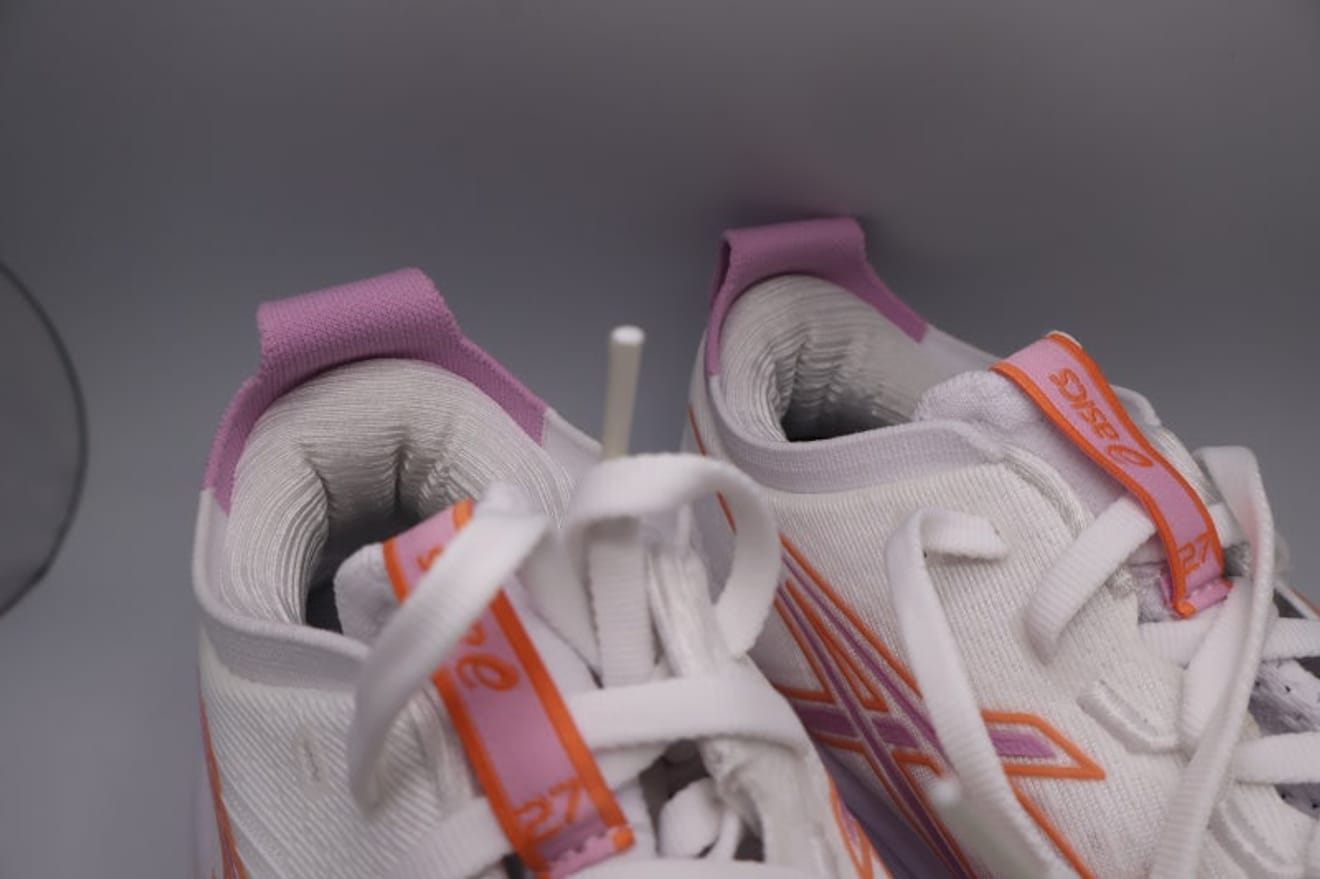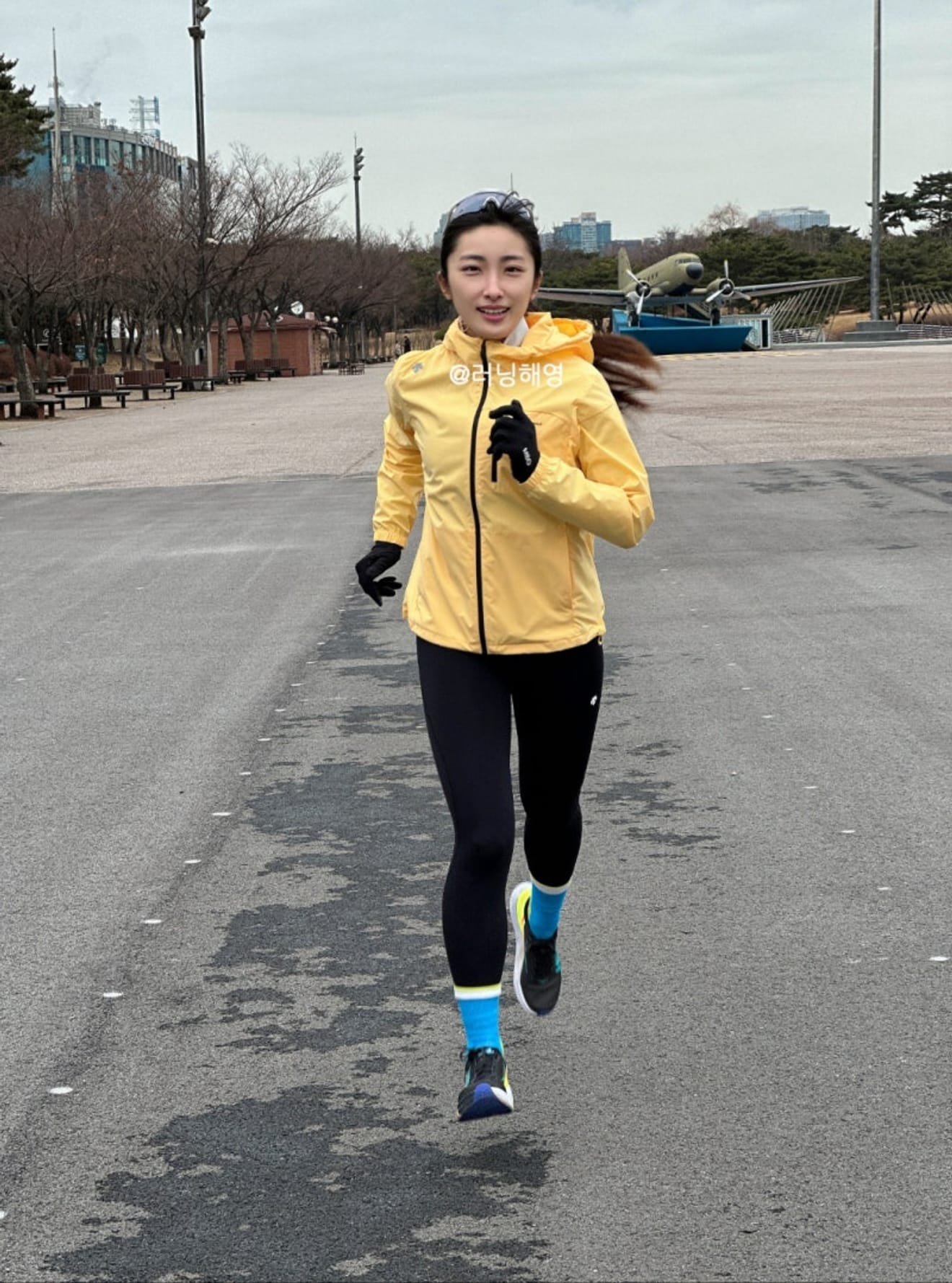Subject
- #Injury Prevention
- #Running Performance
- #Extending Shoe Life
- #Running Shoes
- #Shoe Selection
Created: 2025-02-16
Created: 2025-02-16 10:37
Hello, I'm a 10-year veteran runner <span>#runninghaeyoung</span>. For runners, wearing only one pair of running shoes isn't the best approach.
There are research findings that show alternating between two or more pairs of running shoes is effective for injury prevention, performance improvement, and extending the lifespan of running shoes. I especially think this is an essential strategy for long-distance runners or those preparing for marathons.

Running Shoe Rotation
<b>Injury Prevention</b><br>Running is an exercise that puts repetitive stress on various parts of the body. Using only the same shoes can lead to continuous stress on specific areas, increasing the risk of injury. A 2013 study published in the <b>Scandinavian Journal of Medicine and Science in Sports</b> also showed that using a variety of running shoes can help prevent injuries through the effect of distributing the load.<br><br>The results of a 22-week study tracking 264 runners showed that <b>runners who used multiple shoes had a 39% lower risk of injury</b>. This is because the cushioning and design of each shoe differ, causing the foot and each part of the body to experience stress in different ways.<br><br><b>Stimulating Various Muscles and Improving Running Performance</b><br>The design of running shoes (heel-to-toe drop, cushioning, stability, etc.) affects the stimulus the body receives. Utilizing various shoes stimulates muscles, ligaments, and joints evenly, improving running form and preventing excessive fatigue in specific areas.<br><br><b>Minimalist Shoes</b>: Increased use of ankle and calf muscles.<br><b>Cushioned Shoes</b>: Reduced impact on knees and pelvis.<br><br><b>Extending the Lifespan of Running Shoes</b><br>Continuously using only one pair of shoes will quickly wear down the cushioning and structure, but using multiple shoes alternately reduces the frequency of use for each shoe, thereby extending their lifespan.<br>Depending on the running shoe, we recommend replacing them around 300-500km.<br><br><b>Adapting to Various Running Environments</b><br>Choosing the appropriate shoes based on the running course and purpose can maximize performance.<br><br>For example,<br><b>Road Running</b>: Shoes with good cushioning and durability<br><b>Trail Running</b>: Shoes with excellent grip and stability<br><b>Speed Point Training</b>: Lightweight and responsive shoes

How Many Pairs of Running Shoes Do You Need?
The number of shoes needed varies depending on running frequency and style.<br><br><b>Beginner Runners</b><br><b>Recommended Number of Shoes</b>: 1 pair. Choose comfortable and generally stable shoes. Examples: Brooks Ghost, Hoka Clifton, etc.<br><br><b>General Runners</b><br><b>Recommended Number of Shoes</b>: 2 pairs.<br>Consisting of a daily trainer and a lightweight performance trainer for speed. Examples: Brooks Hyperion Max, Saucony Endorphin, etc. (for speed training), Nike Pegasus, etc. (for everyday running)<br><br><b>Long-distance Runners and Marathon-preparing Runners</b><br><b>Recommended Number of Shoes</b>: 3-4 pairs<br><ol><li>Daily trainer: Capable of handling long distances and various paces.</li><li>Performance trainer: Lightweight shoes for speed training.</li><li>Racing shoes: Optimized for competitions and fast running. (e.g., Adidas Adizero)</li><li>Trail running shoes (if needed): Provides grip on unpaved roads or trail courses.</li></ol>

Considerations When Choosing Running Shoes
<b>Foot Structure and Running Posture</b><br><b>Foot Arch Type</b>: Suitable shoes for flat feet, high arches, and medium arches<br><b>Running Posture</b>: Shoes providing stability for pronation, supination, and neutral<br><b>Terrain and Purpose</b><br>

This isn't simply about owning multiple shoes, but rather a strategy that enables efficient running.<br>
Comments0